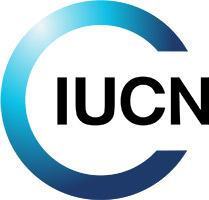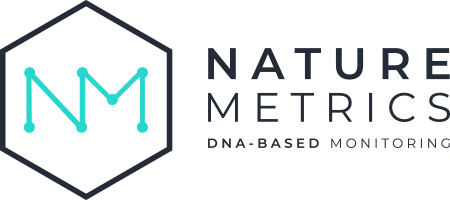Donors
We are seeking a headline sponsor for the eBioAtlas programme
This is a unique opportunity to shift the landscape in accounting for biodiversity in the global economy.
Please contact the eBioAtlas team to learn more.
The initial funding will allow us to:
Fund the collection and analysis of the first 30,000 eDNA samples arranged via a network of implementing partners.
Establish a network of partners and collaborators with on-the-ground capabilities throughout the world and expertise in delivering conservation projects with multi-stakeholder involvement.
Train over 1,000 local stakeholders across Africa, Asia and Latin America to collect eDNA samples.
Establish a dedicated project team with expertise in international logistics, stakeholder engagement, project management, biodiversity conservation, citizen science and fundraising.
Build the digital interfaces to link the eBioAtlas dataset with other biodiversity / environment databases.
Fish provide food for billions and livelihoods for millions, of which 55% are women.
“I have spent the last 20 years collating information to determine which freshwater species are threatened and where they are found. This information is used to assess species extinction risk for the IUCN Red List of Threatened SpeciesTM. Through this work I have found that information on species locations is often lacking or is totally outdated. Use of eDNA to rapidly, easily and cheaply detect presence of species in freshwaters around the world represents an absolute gamer changer for filling this knowledge gap. By making this new information widely available to decision makers and researchers through the eBioAtlas we will hugely improve our ability to conserve and restore freshwater species across the world.”
– Will Darwall, Head IUCN Freshwater Biodiversity Unit
“
Researching global
biodiversity
eDNA APPROACH
The environmental DNA (eDNA) approach uses traces of DNA that species leave behind in the water, is extensively validated and often outperforms conventional survey methods. The simple eDNA sampling approach can be applied globally to generate biodiversity data, with a biobank of residual DNA for future analysis.



